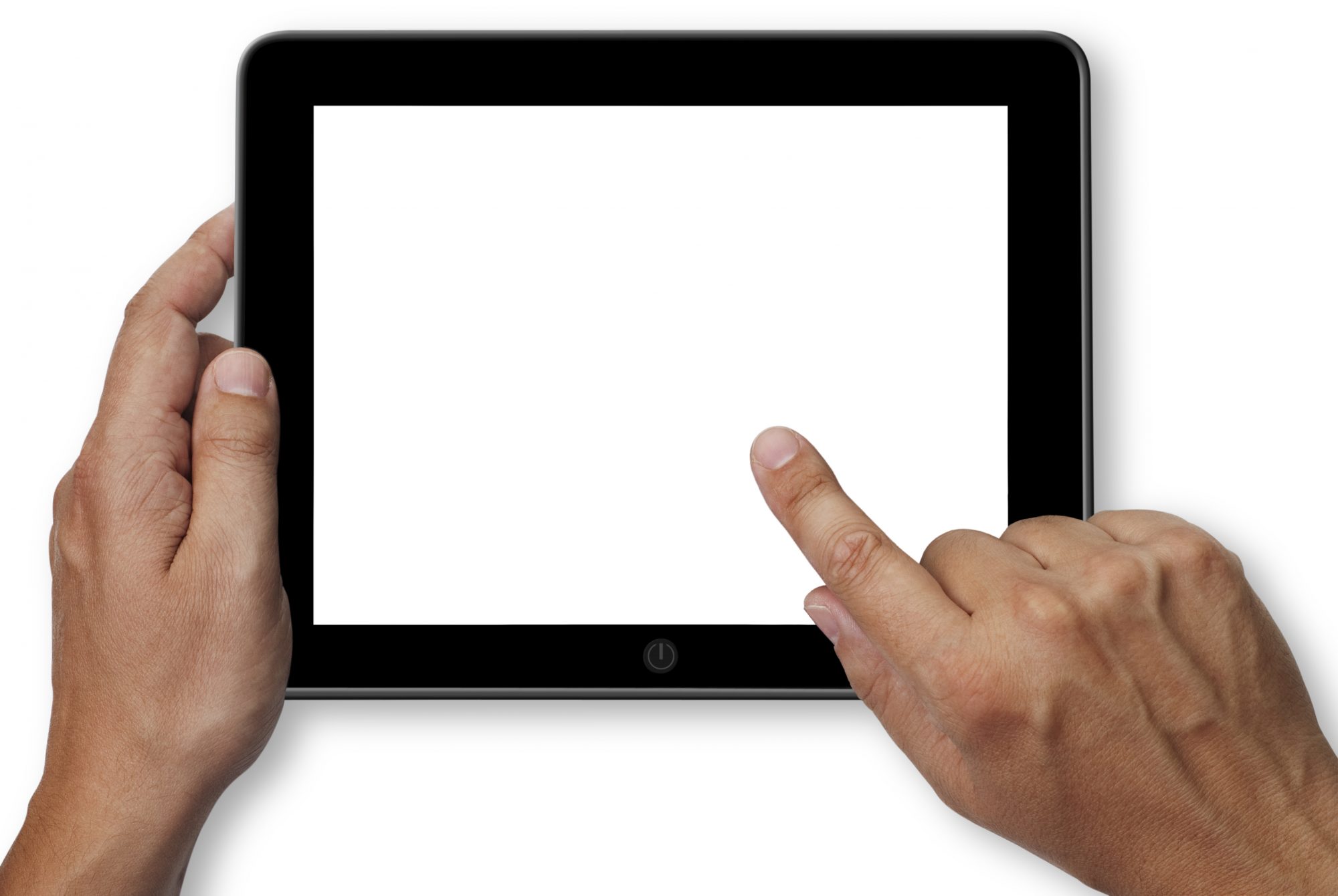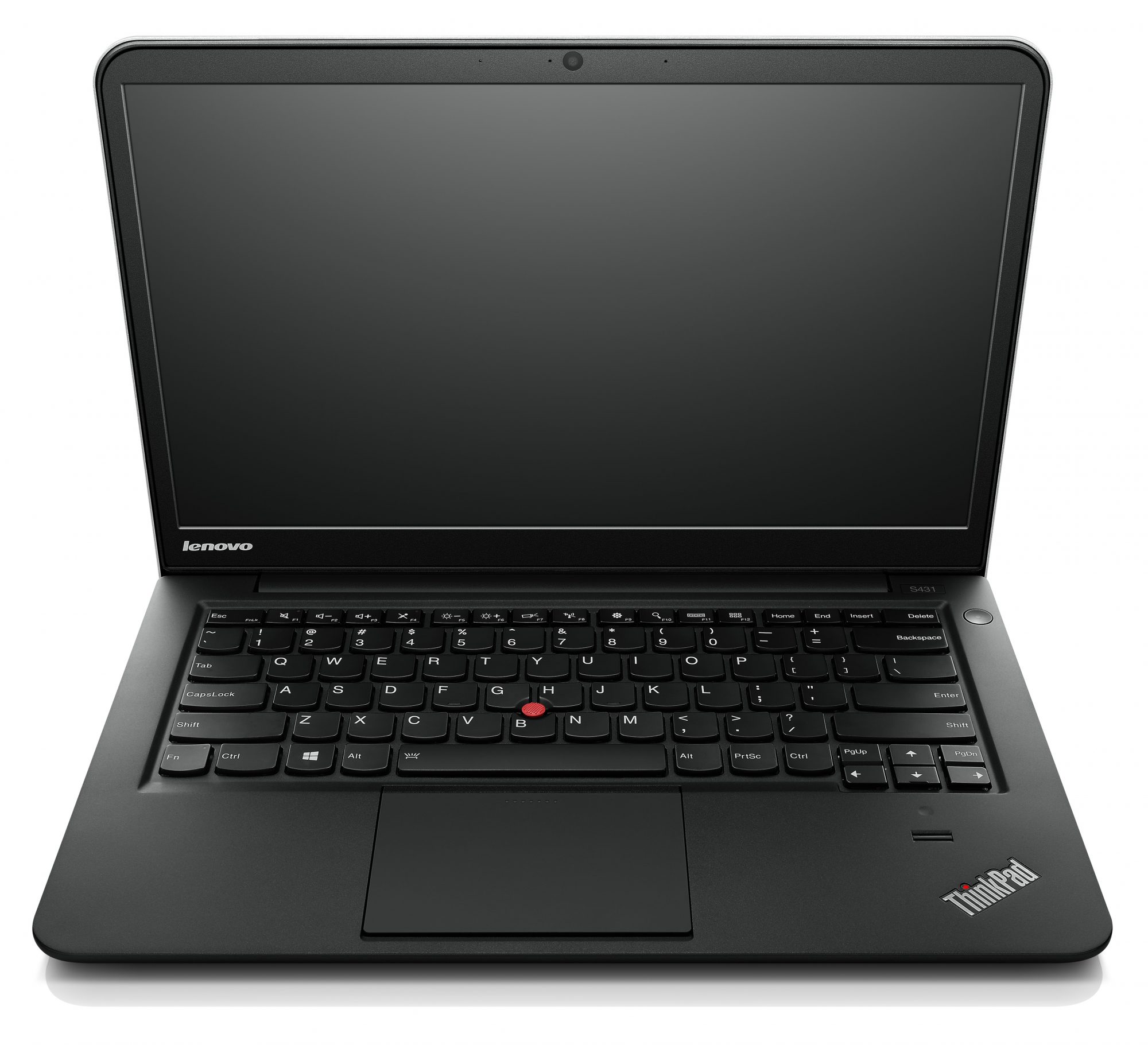Despite the fact that companies are updating their network systems at increased rates, Dimension Data’s 2016 Network Barometer Report indicates that three in four network devices have had at least one known security advisory issue – the highest figure in the last five years.
The report, which tests the readiness of today’s networks to support and accelerate businesses, shows that security advisories – a notice issued by a manufacturer that they’re aware of a security vulnerability on one of their products – are up by 15 per cent this year. This contrasts with the fact that networks are actually starting to become more up-to-date, as just over half of devices are now considered current.
Network devices are placed into three categories: obsolete, past end-of-support; ageing, past end-of-sale, but not end-of-life; and current, currently sold and supported. Since 2010, the percentage of devices ageing and obsolete has been steadily rising, a trend that has been bucked in 2016.
North America takes the lead here. In 2014, North American companies were older than the rest of the world, only to cut those numbers in half in 2015. Dimension Data believes that this is due to “a release of pent-up spend following four years of financial constraint.”
Companies are refreshing their equipment earlier in its life cycle in order to keep up with trends in workplace mobility, the Internet of Things (IoT), and software-defined networking. In the past, organizations would wait until devices became obsolete, compared to the current trend of replacing fully supported ageing devices as newer generations release with lower support costs.
Ageing and obsolete devices are unlikely to support current technology initiatives such as automation, resulting in over a third of incidents caused by configuration error or human error. Those incidents could have been avoided with proper monitoring, configuration management, or automation.
The increase of current network devices in the market hasn’t helped with security concerns. While ageing devices are more likely to fail, current technology is more vulnerable due to less diligent patching to those systems. Refreshing devices with newer and better tech is a popular way to decrease vulnerabilities, but if those devices aren’t patched often enough, the benefit of refreshing is negated.
You can read the full 2016 Network Barometer Report here.





